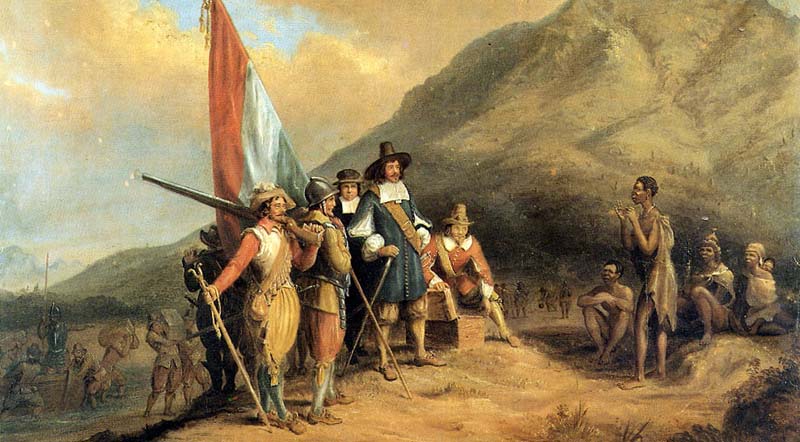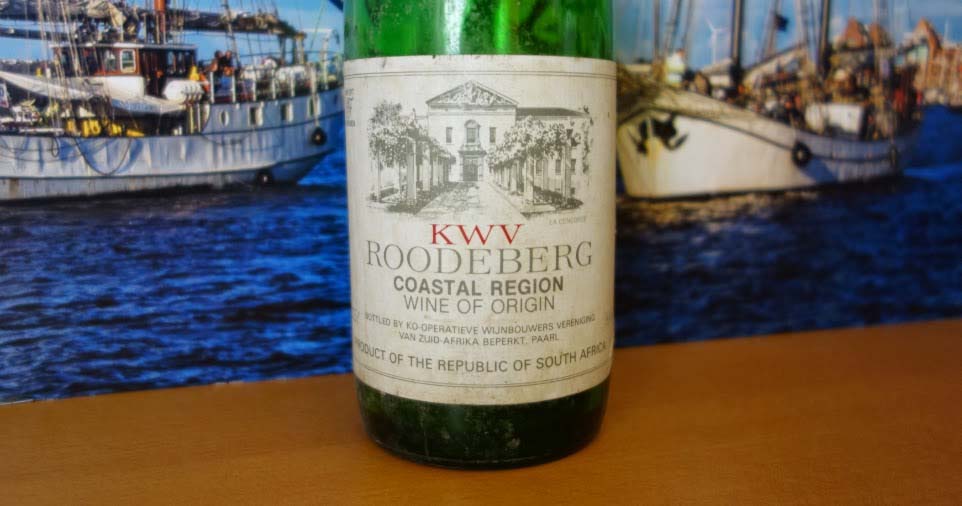Liberated by the advent of democracy, South African wine industry has grown to produce some of the top quality wines in the market. The country’s wine industry has employed hundreds of thousands of South Africans and grown South Africa’s wine tourism sector making her rank as one of the top ten wine producers in the world.
This explosion of high-quality wine has been partially led by a growing number of younger, dynamic winemakers who have worked with one or more vintage wine producers abroad and imported the knowledge back home.
History
The history of South Africa’s vineyards dates as far back as 1655. On 2 February, 1659, the first wine was made from South Africa’s grapes. The wine evolution was led by Cape Governor, Van Riebeeck and was progressed by Simon van der Stel, his successor. He made great vineyards out of Constatia which still ranks today as one of the world’s most notable in the wine industry. But it was not until French Huguenots settled at the Cape between 1680 and 1690 that the wine industry began to flourish. Winelands are spread across different parts of South Africa like Paarl, Hermanus Bay and Wellington but the real pioneers and prime movers of the wine industry in South Africa lie in the Western Cape of the country.

The first wine produced in South Africa was made by Jan van Riebeeck at a settlement founded by the Dutch East India Company
Koöperatieve Wijnbouwers Vereniging van Zuid-Afrika Bpkt (KWV) was founded in 1918 first as a cooperative but soon began to set policies and prices for the wine industry. However, the wine industry experienced some stagnation with the rise in strength of the apartheid government.

Facts About The Industry ?
Since the introduction of democracy in 1994, South African wine industry has gained worldwide significance , growing from some 50-million litres exported that year to topping 139-million in 2000, representing more than 25% of good wine production.
According to the latest figures from exporter association Wines of South Africa (WOSA), international sales for 2001 increased 17.8% compared with 2000, despite the global recession. Internationally, the industry is small, ranking 16th with about 1.5% of global plantings, but production, at seventh position, accounts for 3% of the world’s wine.
Of the 105 566 hectares under wine grapevines (compared with 98 203 hectares in 1997), according to the latest official statistics, 21.38% is chenin blanc. This is by far still the country’s most widely planted variety. Sultana (11.28%), a grape that is also used for non-alcohol purposes, is next, followed by colombard and chardonnay. Cabernet sauvignon comprises the majority of red varieties (a mere 8.36% of total vineyard plantings) in present vineyards, followed by pinotage and Shiraz.
White varieties still represent more than two-thirds of the total, but this has moved from an imbalance of 15% red and 85% white in 1990. In 2000 more than 80% of all new plantings were red, with Shiraz, cabernet and merlot at the top of the list. At the same time, 87% of all vines uprooted were white, mostly chenin blanc, white French and colombard.
There is a shift from chardonnay to sauvignon blanc, a varietal which lends itself to a larger range of styles and quality levels. All in all, in the year up to the end of 2000, 6 042.7 hectares of new vines were planted. In 2000 the total grape crop was about 1-million tons, from which 830-million litres of wine were made by 355 active cellars, of which 185 were non-estate “private producers”, 92 registered “estates”, 69 co-operatives and nine producing wholesalers.
The Vineyards
Cape Town is the most significant to South Africa’s wine industry. With a wine culture that dates back 350 years, it has outlived South Africa’s colonial and apartheid past and boomed in current times. There are about 99463 hectares of vines producing wine grapes and under cultivation of an area about 800km in length. Wine of Origin Scheme serves as the umbrella body for the production zones in the Cape winelands. The winelands are divided into officially demarcated regions, districts and wards. There are six regions in the geographical unit of the Western Cape as stated by Wines of South Africa (WOSA) – Breede River Valley, Cape South Coast, Coastal Region, Klein Karoo, Olifants River and Boberg (for use in respect of fortified wines from Paarl, Franschhoek, Wellington and Tulbagh), which encompass 26 diverse districts and some 67 smaller wards. Another four geographical units exist: KwaZulu-Natal; Northern Cape (which includes the production areas Hartswater (ward), Douglas (district), Central Orange River (ward), Rietrivier FS (ward) and Sutherland Karoo (district)); Eastern Cape, which includes the production area St Francis Bay (ward) and Limpopo.
Download South Africa’s Wine Map
Why You Should Visit The Vineyards
The cradle of wine-making lies in Constantia. The valley was the site of Simon van der Stel’s 17th-century wine farm and the origin of the Constantia dessert wines which became famous throughout Europe during the 18th century. There are regional and special interest routes to visit such as the Cape Route 62 wine route, said to be the longest wine route in the world, the Western Cape Brandy Route, and the Green Mountain Eco Route – the world’s first biodiverse wine route.
Stellenbosch Wine Route, the oldest in the country and one of the most popular tourist destinations in the Western Cape, has created five manageable sub-routes for tourists: Bottelary Hills, Greater Simonsberg, Helderberg, Stellenbosch Berg and Stellenbosch Valley.
The Worcester district, in conjunction with the Breedekloof district, is the largest in terms of winegrowing area and volume, with the historical town of Worcester the hub of the valley. With around 19 560 ha planted, it accounts for nearly 20% of the national vineyards and produces close on 27% of South Africa’s total volume of wine and spirits. It’s also the most important brandy producing area and home to the KWV Brandy Cellar, the largest of its kind in the world. Several of the cellars here are bottling quality wines under their own labels.
South Africa has the world’s most beautiful vineyards. From its paradisiac vineyards, its natural cottages to the charm of its exotic wines, Western Cape presents an experience that is as unique to the taste of its wines. Western Cape’s transcends from its vineyards to the top class hotels, restaurants, game lodges and golf courses. The various wine routes offer a wide variety of activities, from horseback trails to mountain biking and hiking. The Cape has the best land-based whale watching in the world. Unspoilt beaches, spring flowers and abundant birdlife are also among the natural attractions.
Wouldn’t you like to pay a visit?



